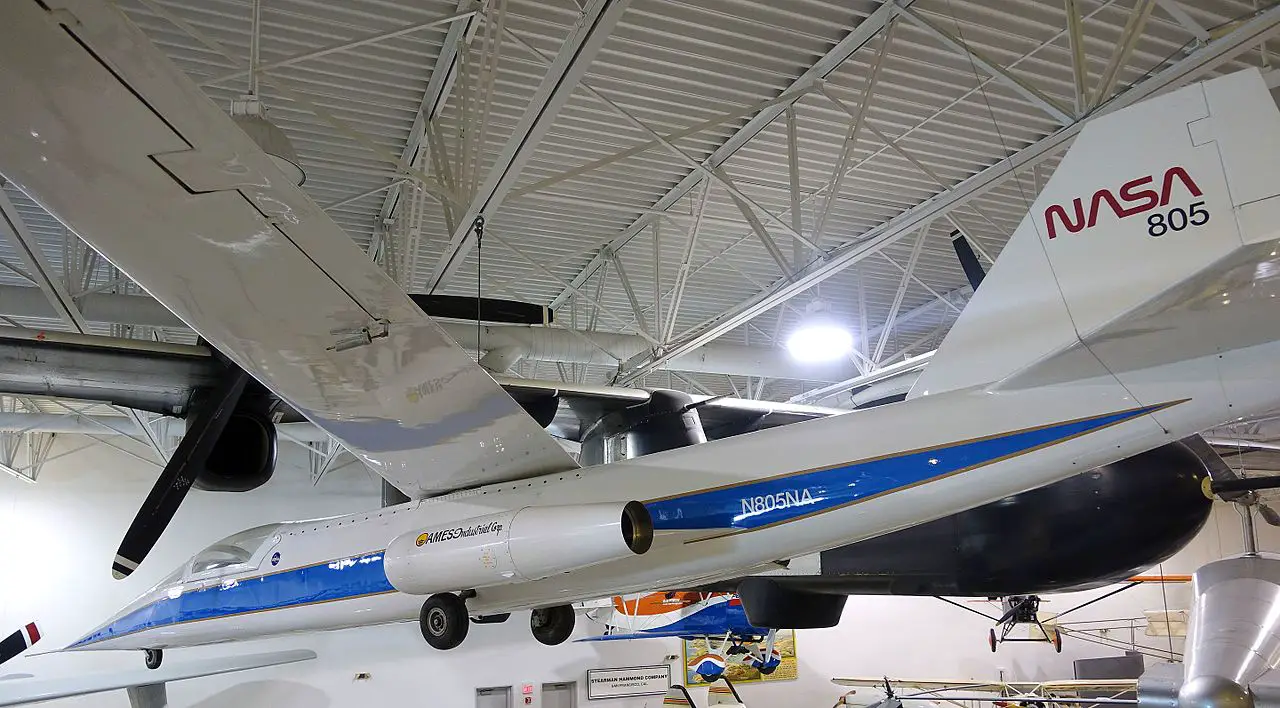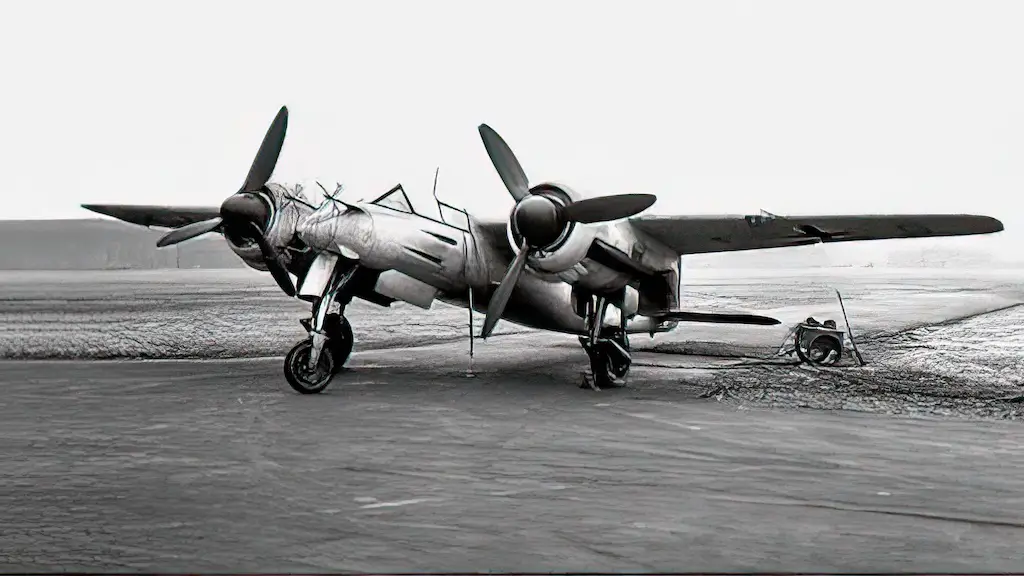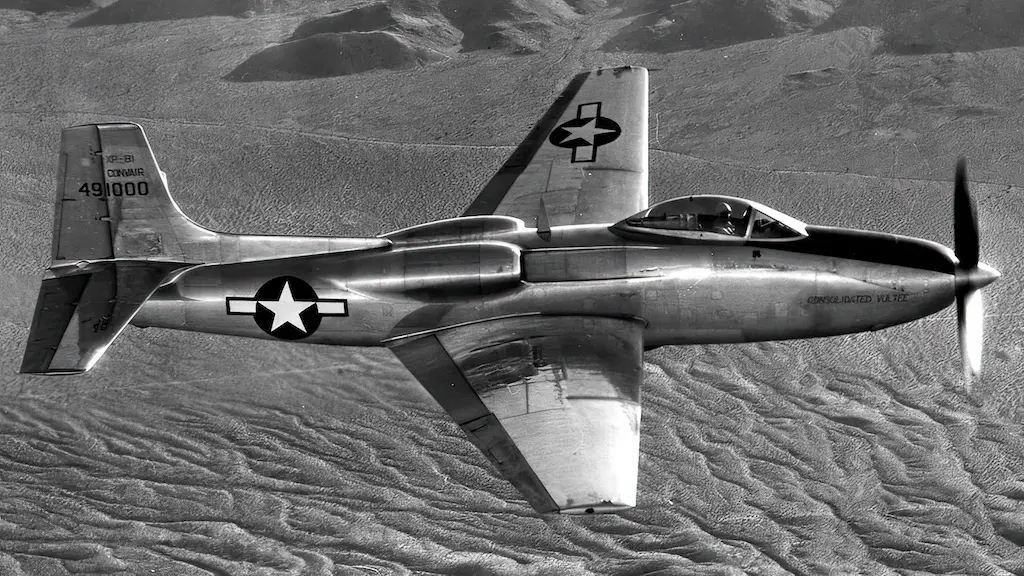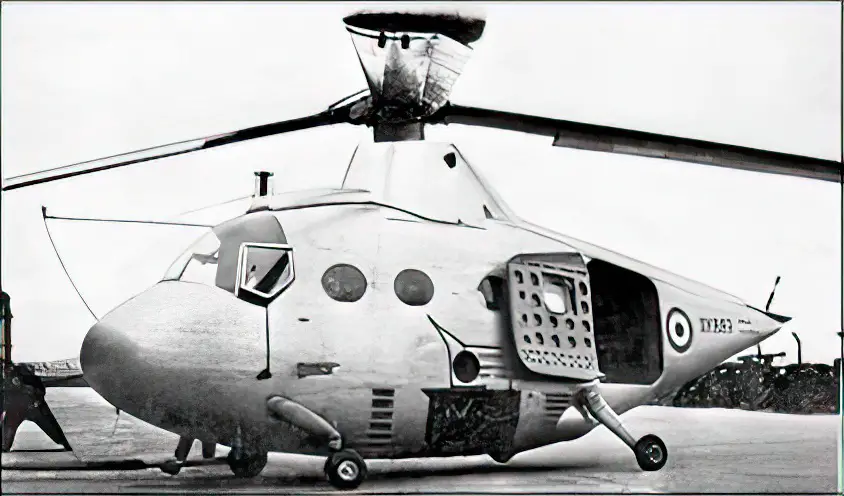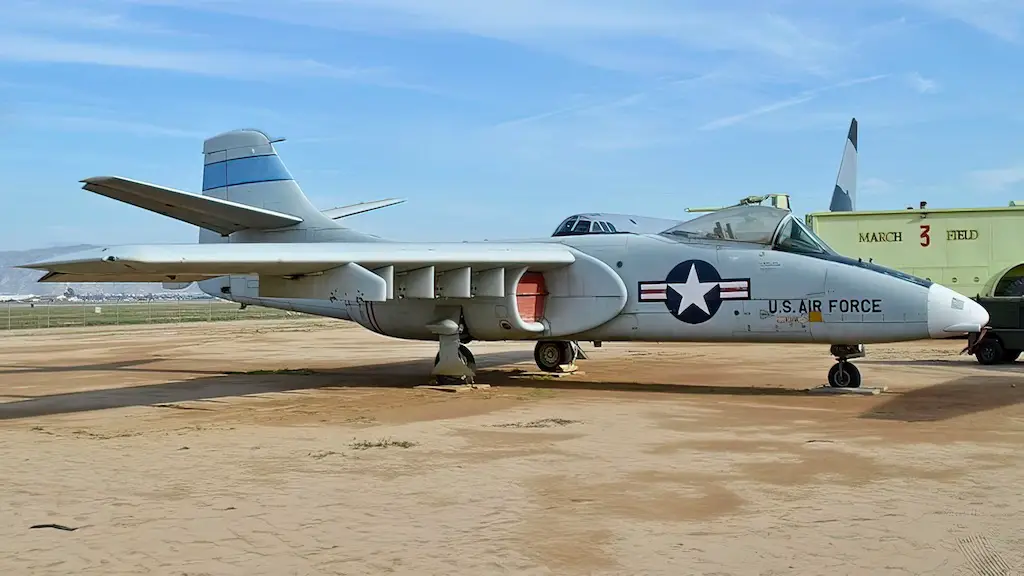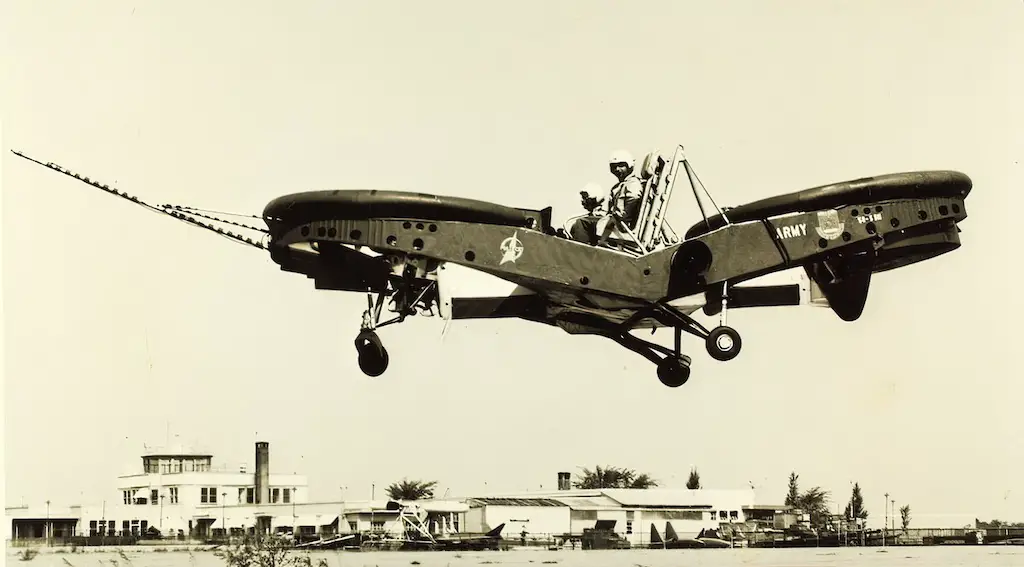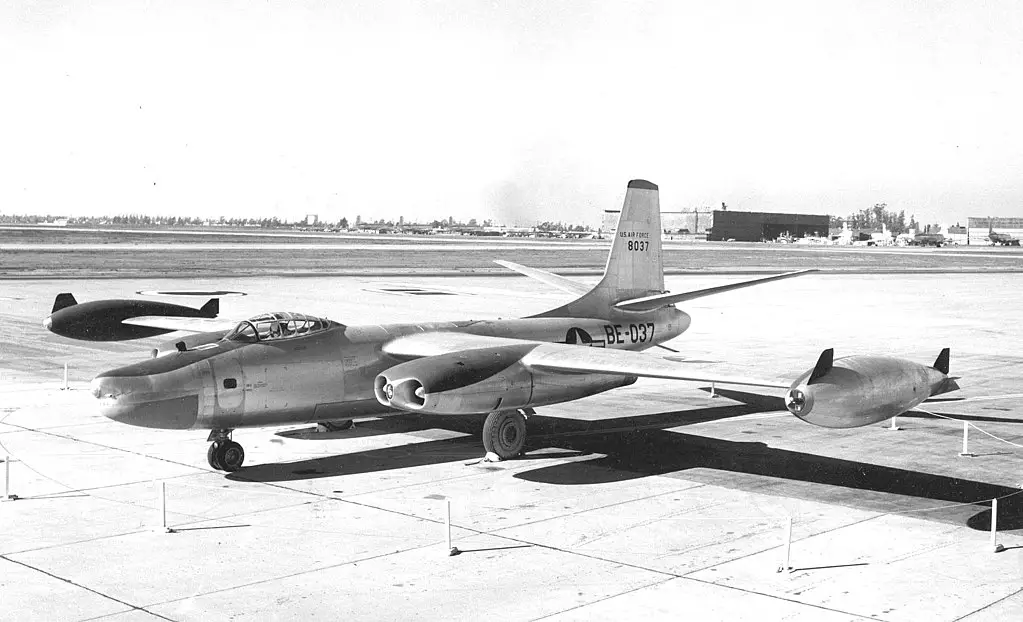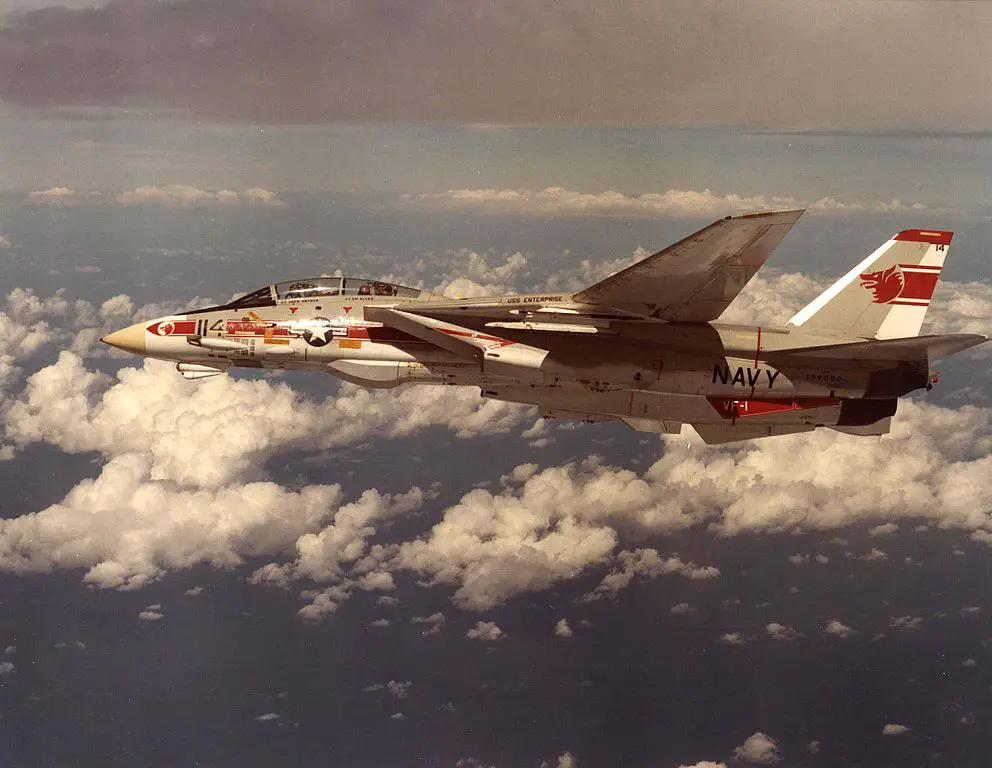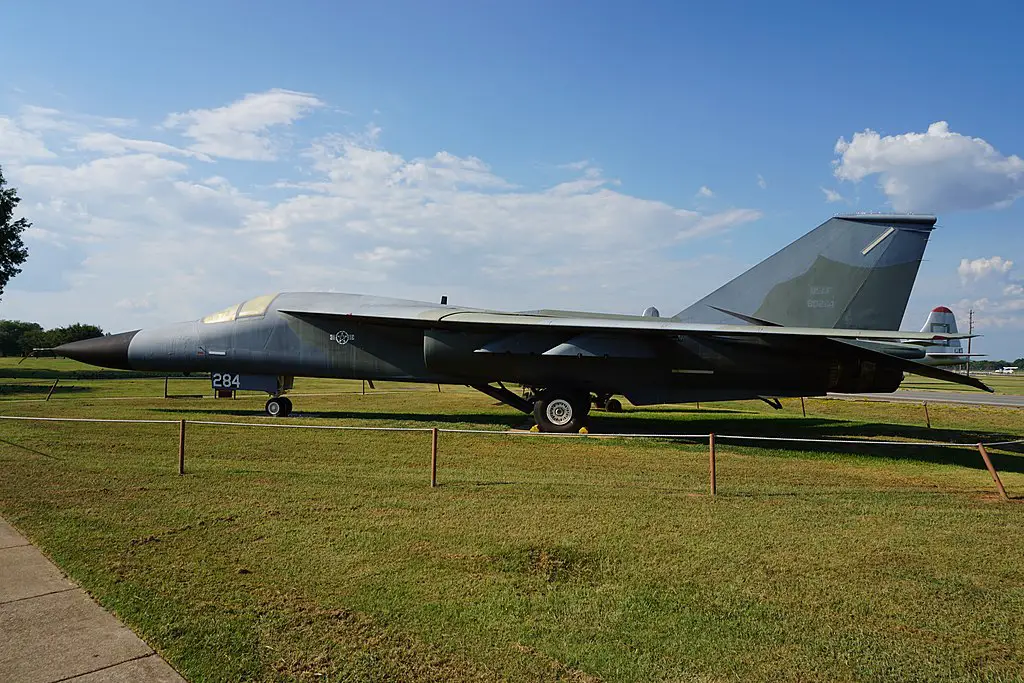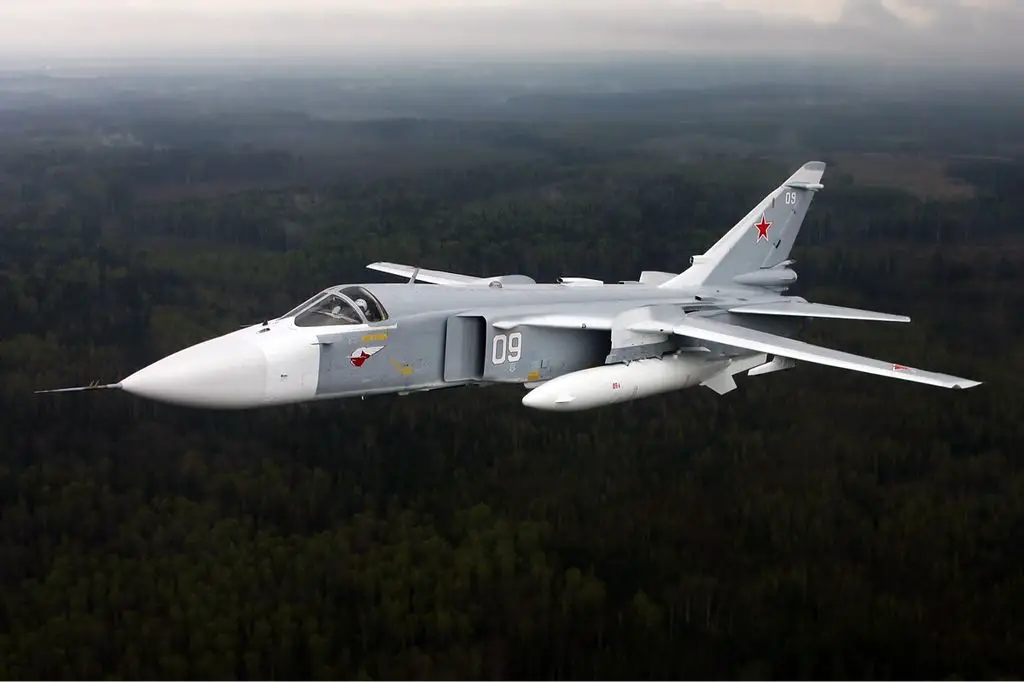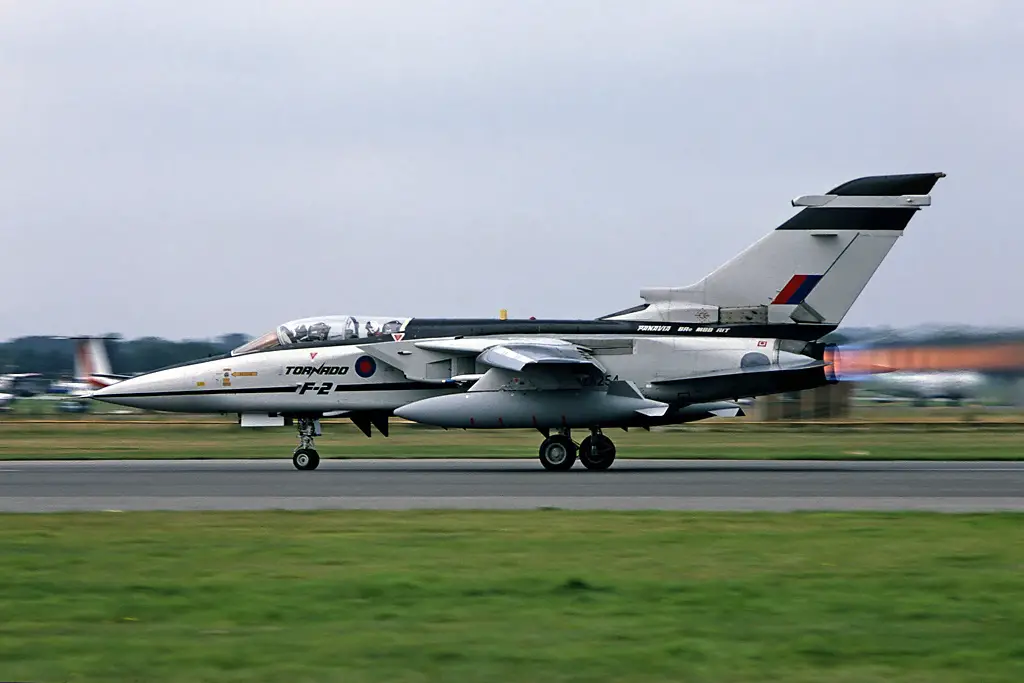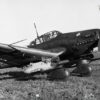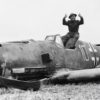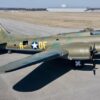No matter how uncanny and wild forms prototype aircraft take, all of them still follow some fundamental design principles. Such as symmetry: the left wing is a mirrored copy of the right, and so on. But there’s one exception even from this rule. It’s called Ames-Dryden AD-1, a research aircraft designed and tested by NASA in late 1970s. AD-1 features a so-called oblique or pivoted wing. That means one of the aircraft’s wings is swept forward and the other one back.
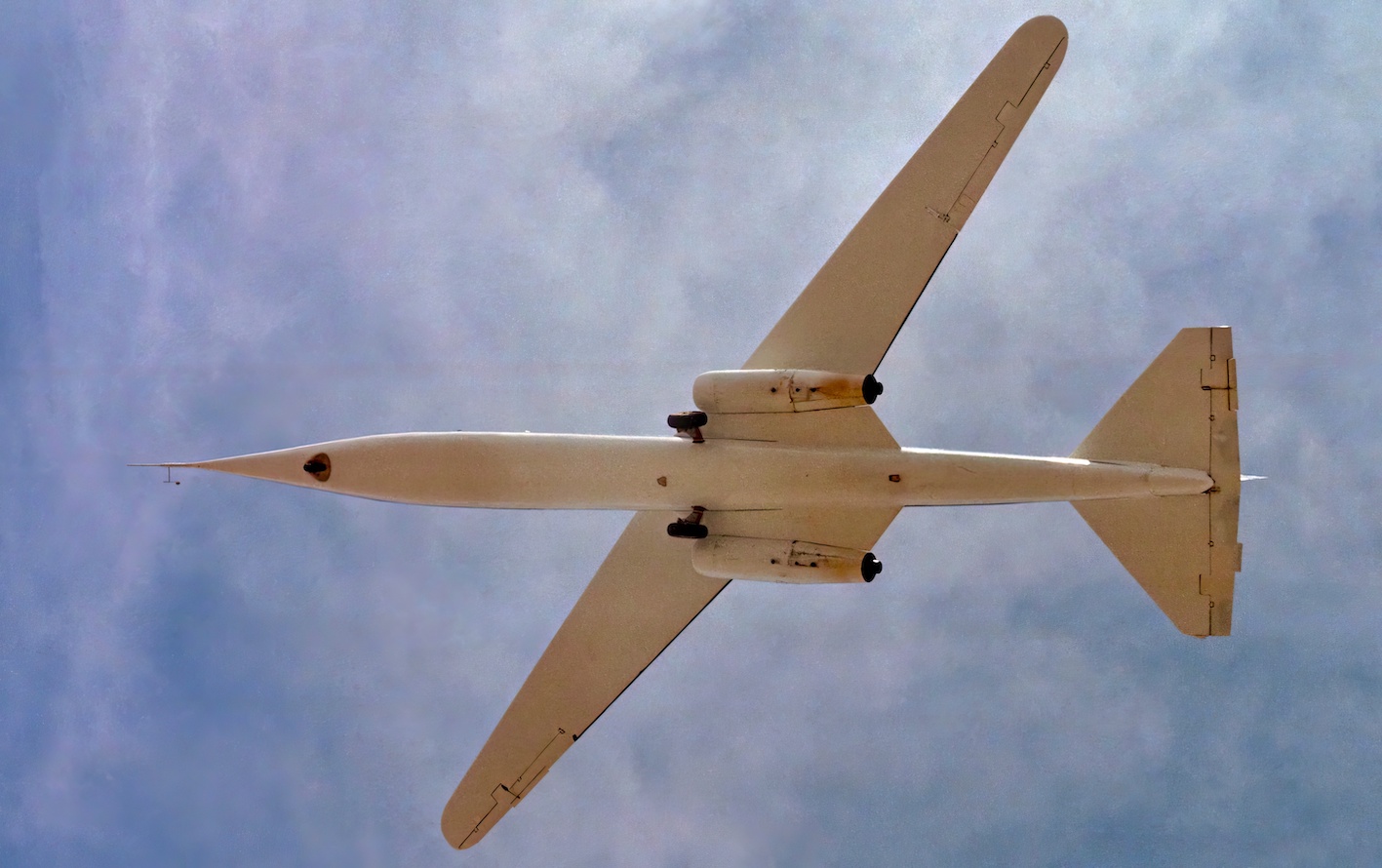
Why?
The most efficient angle of a wing depends on the speed at which the aircraft is flying. At takeoff and landing a straight wing is more advantageous because it provides more lift, while supersonic speeds require swept wings producing less drag. This understanding led to the creation of variable-geometry aircraft, such as Grumman F-14 Tomcat, General Dynamics F-111 Aardvark, Sukhoi Su-24 Fencer, and Panavia Tornado.
A somewhat counterintuitive fact is that the wings’ geometry does not have to be changed symmetrically. Wings can be swept in different directions. And that allows for the use of a single wing rotating around a center pivot on the fuselage. Such design may not add much grace to the airframe, at least from a perfectionist’s point of view.
However, a one-piece wing with a single rotating mechanism may be a more efficient solution than a regular variable sweep scheme, with mechanical loads on its only swivel being lower than on two wing hinges.
Germans had thought about it way before
German designers pursued the idea of a movable single wing as early as 1940s. In particular, they created such designs as Messerschmitt P.1109 and Blohm and Voss Bv P.202. While the latter was similar to the NASA design in having one rotating wing, Messerschmitt’s one was a biplane with two counter-rotating “scissor-wings”.
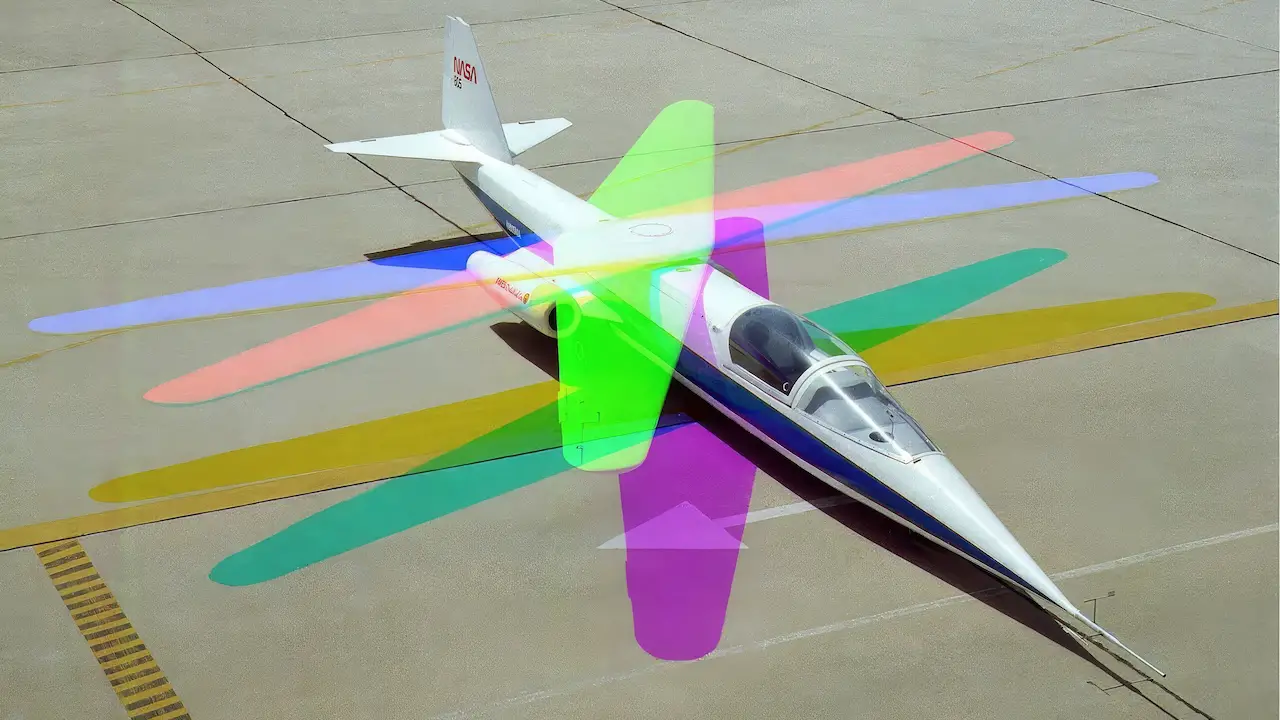
Drafted at the closing stages of WWII, these projects did not receive any serious funding and never materialized even into prototypes. That makes NASA’s AD-1 the only oblique-wing aircraft to have actually flown.
NASA designs and tests a pivoting-wing aircraft
Robert T. Jones, an aeronautical engineer at NASA, conducted a series of studies, including at a wind tunnel, leading him to a conclusion that a supersonic transport aircraft featuring an oblique wing flying at speeds of about Mach 1.2 would be twice more fuel-efficient than a similar plane with conventional wings. The AD-1 was thus intended as a small-scale prototype for a projected 200-seat commercial airliner.
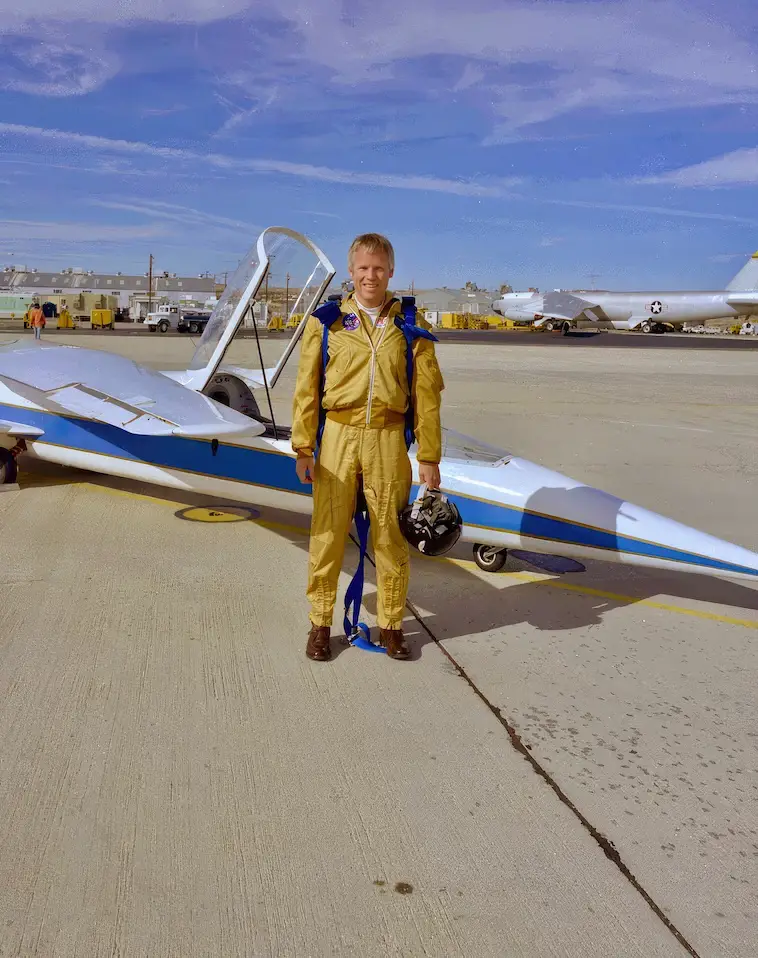
The aircraft was built by Ames Industrial Company in New York and delivered to NASA Dryden Flight Research Center in California in early 1979. Its maiden flight took place in December of that year. The AD-1 was, of course, just a proof-of-concept testbed aircraft with very humble characteristics.
Powered by two Microturbo TRS 18 turbojets, 220 lb of thrust apiece, it had a maximum speed of less than 200 mph. It was a small plane, less than 39 ft in length, with an unswept wingspan measuring 32 ft, and a gross weight of 2,145 lb.
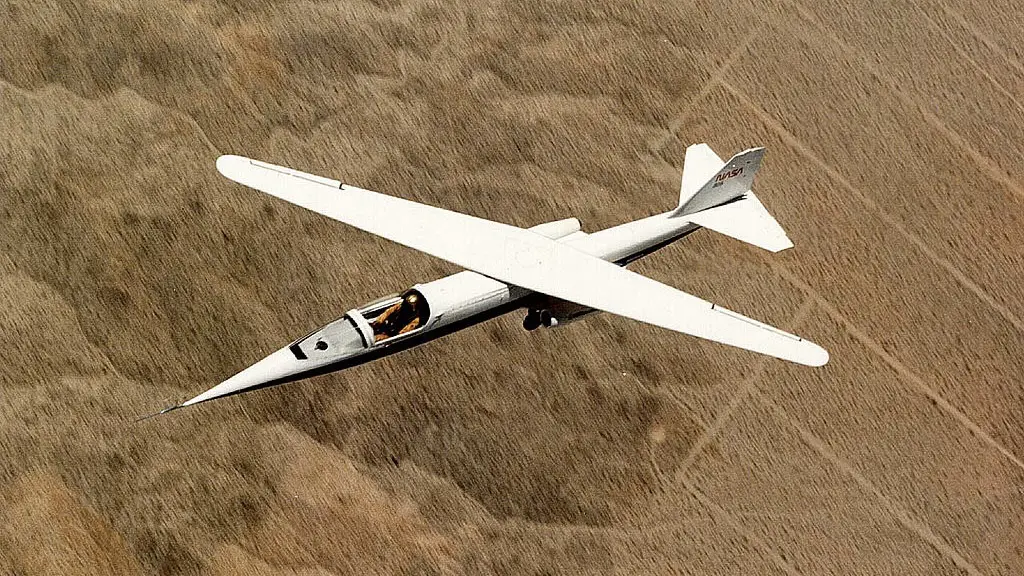
Why not?
The pilots reported the AD-1 to be rather easy to control, although once the wing angle went beyond 50 degrees it was prone to oscillations and showed a tendency to roll over when the pilot was pulling up. Perhaps, these downsides could have been negated with the use of such technologies as fly-by-wire. It’s also possible that plastic and fiberglass used in the AD-1’s construction were too flimsy for the task.
Alas, we don’t know whether the concept would have worked if applied to a more solid airframe suited for supersonic flight. At the time aircraft manufacturers saw investment in building oblique-wing aircraft as too risky. Who knows, maybe one day they will reconsider.
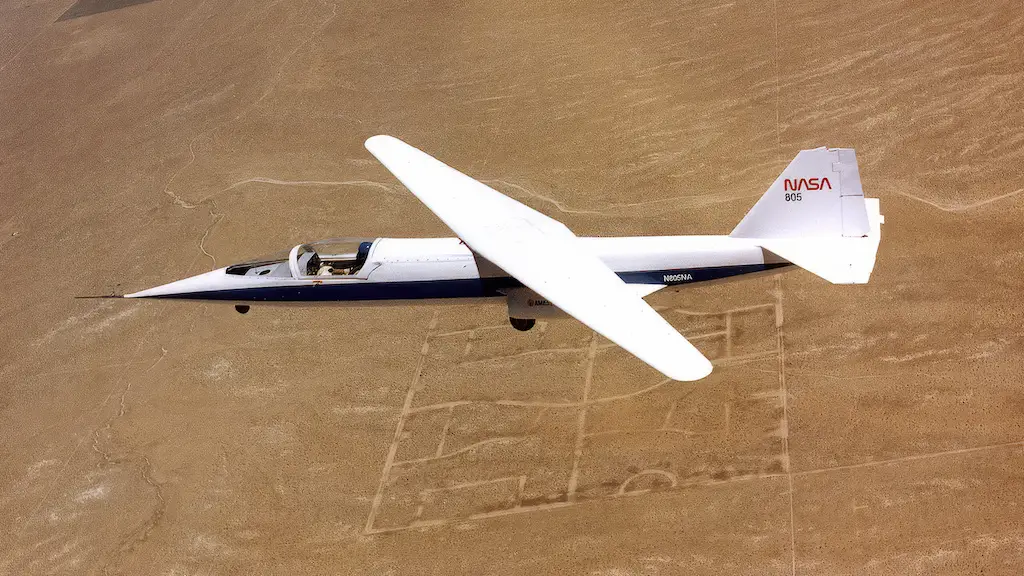
The AD-1 made a total of 79 test flights manned by 17 different pilots. Among its last flights were public demonstrations at the Oshkosh Air Show in Wisconsin in August 1982. Soon after that the funding for the program was cut and the aircraft never got beyond the prototype stage.
Nor was the concept ever employed in any other commercial or military aircraft. The sole AD-1 ever built is currently on display at the Hiller Aviation Museum in San Carlos, California.
